May 19, 2025 | 16:20 GMT +7
May 19, 2025 | 16:20 GMT +7
Hotline: 0913.378.918
May 19, 2025 | 16:20 GMT +7
Hotline: 0913.378.918
American consumers are consuming an increasing amount of imported fruits, vegetables, wine, spirits, coffee, and livestock which has resulted in a record food and agricultural trade deficit of USD 45.5 billion in fiscal year 2024, as per the U.S. Department of Agriculture (USDA). Imports increased by over USD 9.3 billion in comparison to 2023, while food and agricultural exports declined for the third consecutive year.
Georgia Representative David Scott, a senior Democrat on the House Agriculture Committee stated: "Every day, Americans visit grocery stores and purchase imported food from Canada and Mexico." He observed that the public, particularly lower-income groups, tend to favor imported products, including building materials and fertilizers.
According to Dr. Warren Dew, a demography expert in the United States, the country has a limited range of latitudes, with minimal tropical or subtropical land. As a result, the country has ample temperate farmland suitable for growing grains and raising livestock, but it lacks tropical agricultural products such as bananas and off-season fruits.
"This is solely a matter of comparative advantage in international trade," he said, underscoring the importance of striking a balance that is advantageous to all parties involved.

Bananas are a popular fruit among Americans. Photo: NNVN.
American farmers generally have no intention of replacing countries such as Côte d'Ivoire or Ecuador in cacao production or Brazil in coffee cultivation, despite the fact that U.S. agriculture is highly developed and capable of producing a broad variety of crops. In contrast, consumers are more likely to select imported goods—not due to necessity, but rather because the quality is frequently superior and the price is more reasonable than domestic alternatives.
A prominent example, according to Dew, is bananas. This fruit is the most frequently consumed among imported agricultural products, and the United States does not cultivate any banana varieties commercially. Imports of blueberries, raspberries, grapes, and mangoes from Southern Hemisphere countries are also prevalent.
In the agricultural, forestry, and fishery sectors, the value of U.S. imports has increased at a faster pace than exports since 2013, taking a broader perspective. Over the past decade, imports increased by 5.8%, while U.S. agricultural exports increased by 2.1%. It is therefore unsurprising that Canada and Mexico are the primary agricultural suppliers to the United States, with an average of USD 30.9 billion and USD 25.5 billion, respectively, from 2017 to 2021.
The strong U.S. dollar during this period also played a significant role, facilitating the purchase of imported food and agricultural products by consumers. However, it also made it more difficult for U.S. exports to find competitive markets abroad.
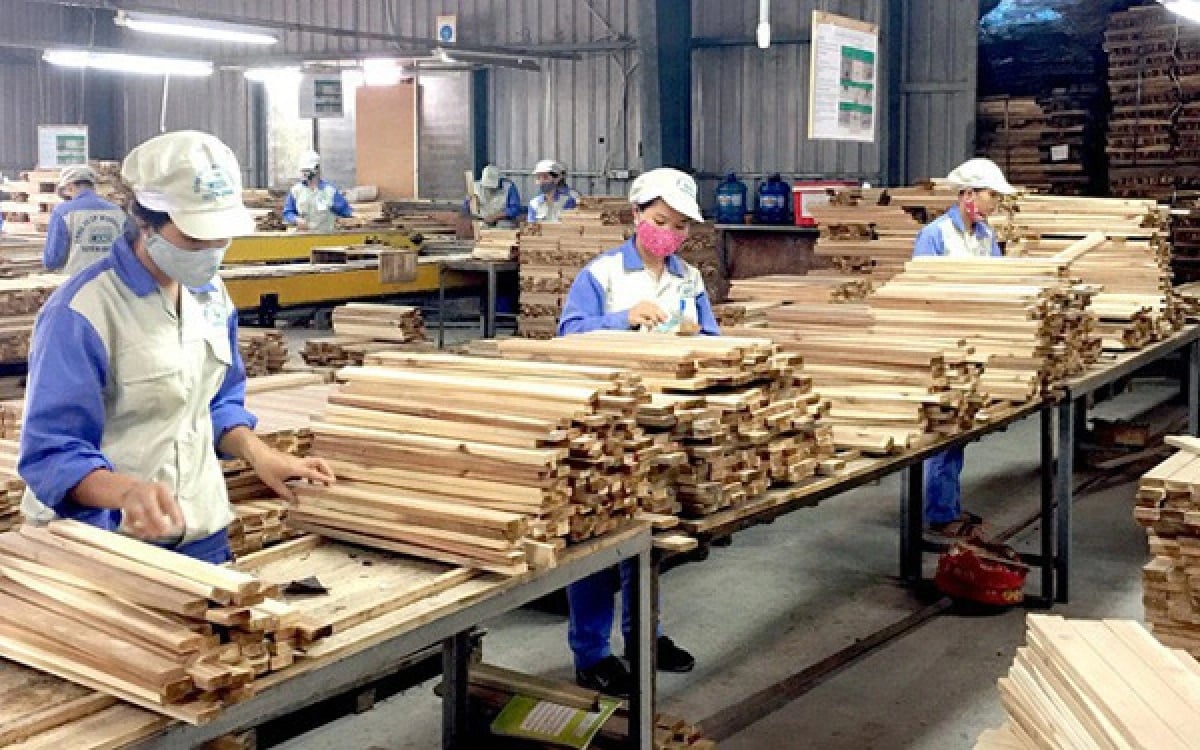
Wood and seafood products are Vietnam's largest exports to the United States. Photo: NNVN.
In this context, Vietnam has proactively pursued a number of measures to balance its trade with the United States, a message that Prime Minister Pham Minh Chinh emphasized during meetings with U.S. delegations visiting Vietnam in March of this year.
The chief of government observed that Vietnamese businesses have been preparing and promoting contracts for the purchase of aircraft, defense trade, LNG transactions, and agricultural and pharmaceutical trade with the United States.
Vietnam is also vigorously implementing three strategic breakthroughs—in institutions, infrastructure, and human resources—guided by the principles of transparent governance, efficient infrastructure, and competent human capital. The objective of these attempts is to establish advantageous conditions for investors and enterprises, while simultaneously enhancing a transparent and equitable business environment that safeguards the legal rights and interests of businesses, thus ensuring equal access to policies for both domestic and foreign investors.
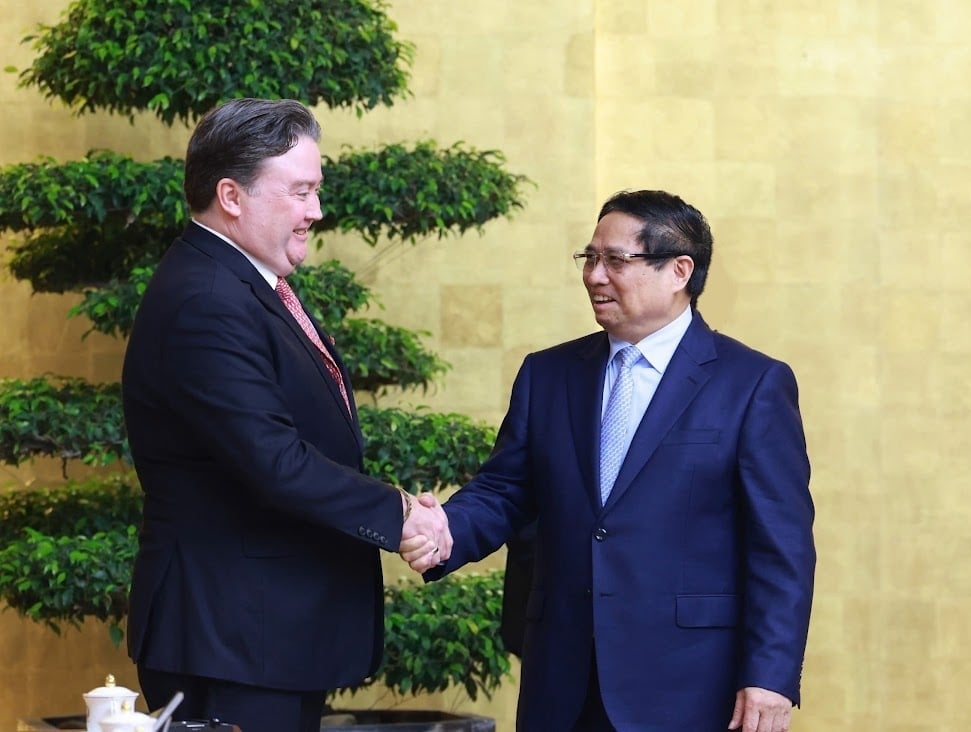
Prime Minister Pham Minh Chinh receives US Ambassador to Vietnam Marc Knapper. Photo: VGP.
The Prime Minister declared that Vietnam has never before put such a significant emphasis on institutional reform in order to establish a more open and equitable investment environment and to provide the most convenient services to citizens and businesses. Based on the principle of shared benefits and shared risks, these reforms promote safe, sustainable, and increasingly efficient operations for businesses and investors.
Additionally, he encouraged U.S. businesses to provide additional assistance to Vietnamese companies in their integration into U.S. global ecosystems and supply chains, thereby contributing to the diversification of markets, products, and supporting industries. Additionally, he called on them to provide objective feedback and genuine assessments of Vietnam’s increasingly improved business environment, as well as the country’s transparent, fair, and market-oriented reform efforts that aim to facilitate long-term, stable operations for foreign businesses.
During a working visit by Minister of Industry and Trade Nguyen Hong Dien in mid-March 2025, Vietnam finalized its trade-balancing initiatives by signing a series of agreements with U.S. enterprises. It is anticipated that the economic and trade agreements to be implemented from 2025 will generate hundreds of thousands of employment for workers in both countries, with a total value of approximately 90.3 billion USD.
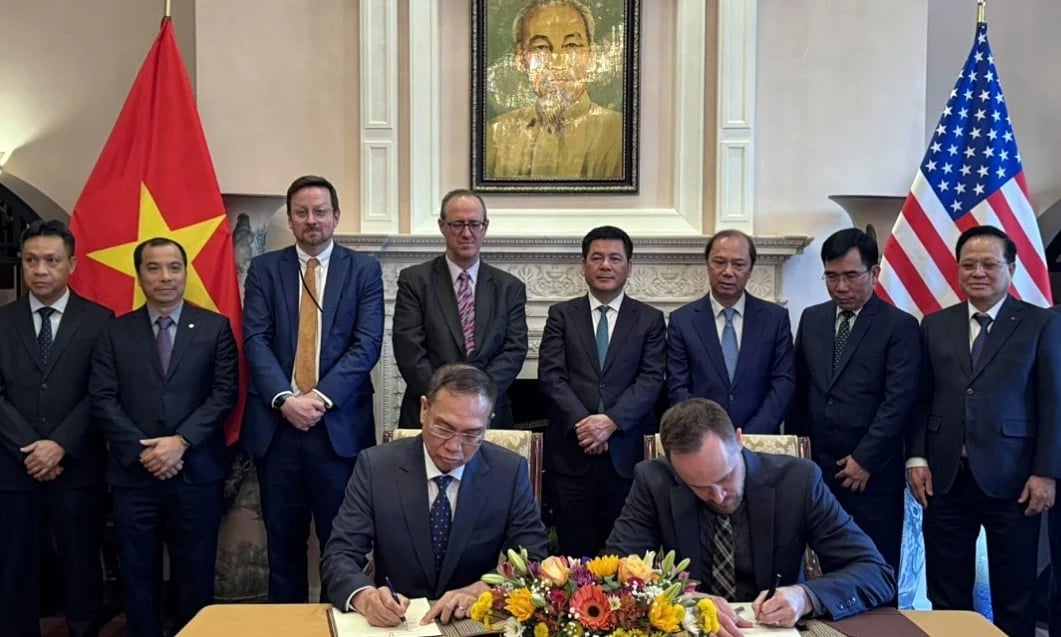
Vietnam and the United States signed many cooperation agreements during the visit of Minister of Industry and Trade Nguyen Hong Dien in mid-March 2025. Photo: MOIT.
The procurement of aircraft, the provision of aviation services, the exploration of oil and gas, and the importation of petrochemical products are the primary areas of focus in the 50.15 billion USD in signed contracts and agreements. Additionally, agreements totaling 4.15 billion USD have been finalized. Meanwhile, ongoing negotiations between the two sides are expected to result in about 36 billion USD worth of agreements in the near future.
Minister Nguyen Hong Dien was present at the signing of six cooperation agreements, which included pre-feasibility studies on sustainable aviation fuel, long-term LNG purchase agreements, ethanol supply, equipment and services for gas-fired power plants, and biofuel trading and importation.
Prime Minister Pham Minh Chinh reiterated that Vietnamese ministries, sectors, localities, and businesses are currently conducting an active evaluation of import tariffs on U.S. goods. Simultaneously, they are investigating potential strategies to augment the importation of U.S. products that are in accordance with Vietnam's requirements, particularly in the areas of agriculture, liquefied natural gas, and high-tech products.
Translated by Linh Linh
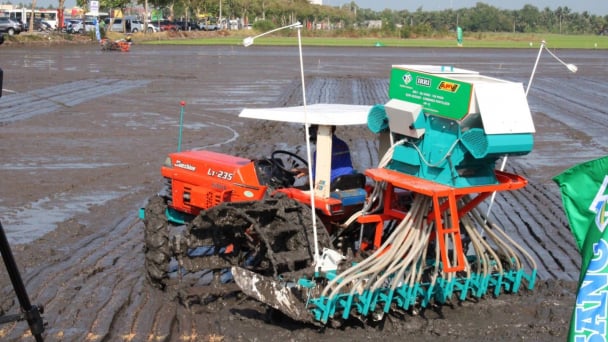
(VAN) The German Agricultural Society (DLG) explores the possibility of establishing a mechanization service center in Vietnam’s Mekong Delta to support farmers in accessing and utilizing advanced machinery.
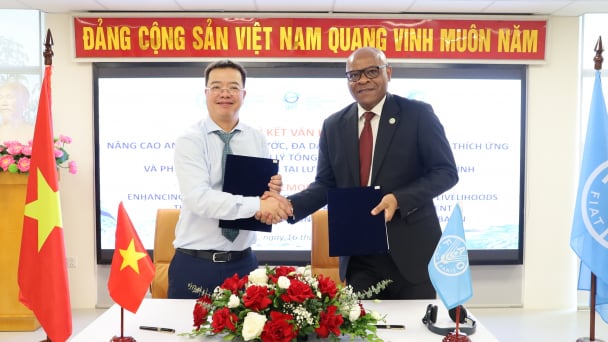
(VAN) On May 16, the Department of Water Resources Management, in collaboration with the Food and Agriculture Organization of the United Nations (FAO), held a signing ceremony for the GEF-8 project document.
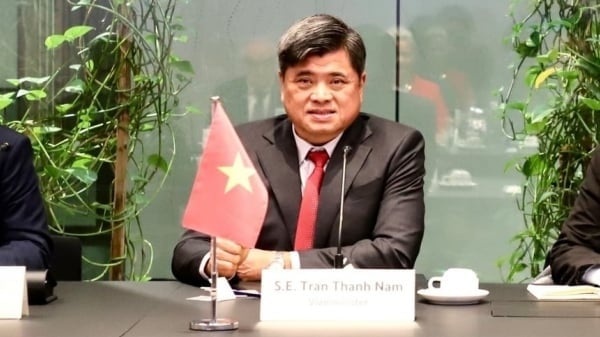
(VAN) Food safety, mechanization, vocational training, and market opening are key areas of cooperation expected between the Vietnamese Government and the Federal Republic of Germany.

(VAN) Deputy Minister Nguyen Quoc Tri also expressed his hope that Cuba will soon overcome its current challenges, attain food security, and further expand cooperation with Vietnam.

(VAN) The project contributes to enhancing the resilience of communities vulnerable to the impacts of climate change, with a primary focus on local women.
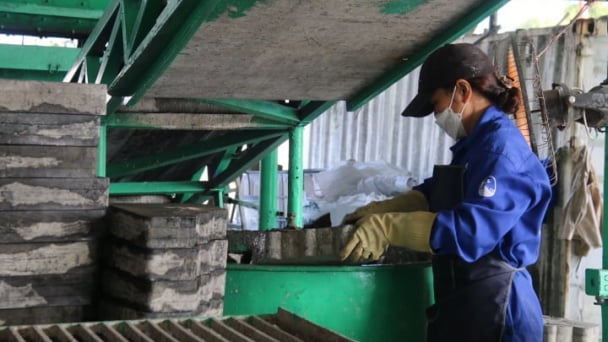
(VAN) Green materials help save energy and resources. However, after more than 10 years, Vietnam has only developed over 200 green buildings with more than 6 million square meters of floor space.

(VAN) Vietnam - Thailand Business Forum 2025: One plus one on three connects, marking a milestone in the comprehensive strategic partnership between the two nations.